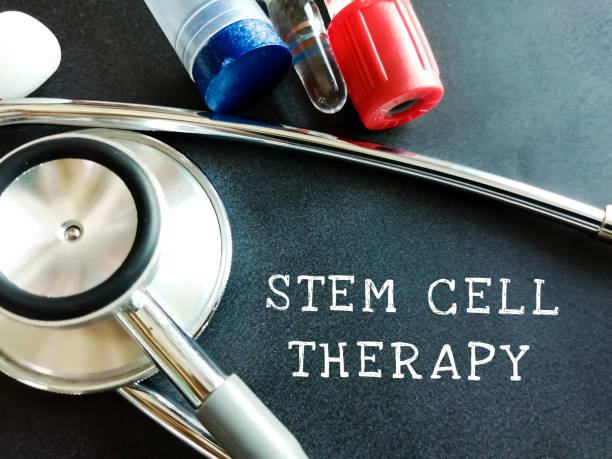The doctor will first clean and numbs by giving anaesthesia to the hip area. A needle is then inserted into an area of the pelvic bone which is called as the iliac crest. Bone marrow is then removed using an extraordinary syringe and the sample taken is sent to the laboratory. The doctor then cleans and numbs the patient’s affected area that needs treatment. Under the guidance of special X-rays, the doctor injects the stem cells into the affected region. The complete procedure normally takes less than one hour and the patient may return home on the same day of the procedure. There are stem cell treatments for different types of medical conditions as below:
Stem cells treatment for multiple myeloma:
The patient receives high-dose chemotherapy to kill the cells in the bone marrow. Later, the patient gets fresh, healthy blood-forming stem cells.
Stem cells treatment for sickle cell disease:
Same procedure followed as a treatment for multiple myeloma.
Stem cells treatment for lymphoma:
Stem cell transplants are at times used to treat lymphoma patients who are in remission during or after treatment. The stem cells are frozen and stored while the person gets high-dose chemotherapy or radiation. Then through IV, it is given back into the patient’s blood.
Stem cells treatment for leukaemia:
Same procedure followed as a treatment for lymphoma.
Stem cells treatment for thalassemia:
Stem cells are taken from a healthy donor and transferred into the patient’s blood. The stem cells the move to the patients’ bone marrow where they grow and allow it to generate healthy blood cells.
Stem cells transplant for diabetes:
The skin cells from a diabetes patient can be reprogrammed into induced pluripotent stem cells that have the probability to make any cell type in the body, containing beta cells (cell types involved in diabetes), as well as the immune cells which attack and destroy beta cells in type 1 diabetes.
Stem cells transplant for muscular dystrophy:
Injecting stem cells into the body with muscular dystrophy, the stem cells may produce working muscle fibres to substitute the patient’s damaged ones which help to gain muscle strength, can exercise for longer and generate normal muscle proteins.






